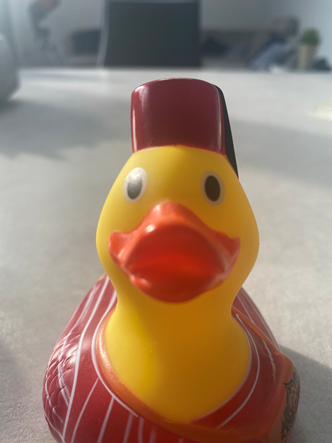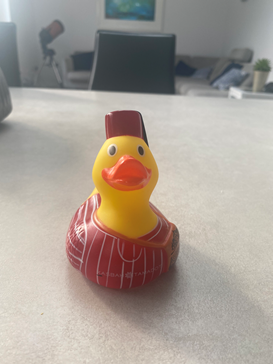I will be describing a brief description of the terminology and camera handling my group and I learned.
Camera and Tripod work:
My group and I learned how to handle and correctly set up a camera and tripod. We did this by passing a camera around and all practiced how to handle it; this included inserting the compact flash card, turning it off and on, replacing the battery, and sliding it securely on the tripod. When passing the camera on from one person to another, you say 'yours' to 'mine', in order to minimise the risk of the camera dropping. We were given a compact flash card and a battery, learning the proper place to insert them, as well as how to secure them into the camera and how to charge the battery. I learned how to set up the tripod, loosening it to fit the camera and adjusting the height. To make sure the camera is level and secure; you use the spirit level. I learned how to use the camera and explored how to adjust the focus by turning the dial up and down, how to zoom in and out by twisting the lens.
On the Set:
I learned the correct terminology and some common phrases that are used on a production set by the crew and director. When the camera is set up and the director is ready to shoot, the director will shout 'Stand by' to the crew on the set, to which the crew will shout back 'standing by' if they are also ready. this way there will be a minimised risk of false starts and bloopers. Once the crew has indicated that they are ready for the director to start shooting, the director will shout out 'Rolling' to indicate the camera is recording, and from this moment the crew needs to be silent. Then the director will shout 'Action' which indicates the actors to start moving. Once the scene is over, the director will shout 'Cut', to indicate the scene is finished, then will shout 'Strike the Kit' which signals for the set to be packed up, footage uploaded and the cameras charged.
White Balance (WB):
I learned that the WB is the process of removing unrealistic colour contrasts, in order for an item to look white in a photo the way it does in real life. The WB allows the camera to acknowledge the colour temperature, which decides how cool or warm the white light should be, resulting in all the other colours being displayed correctly, which creates and more realistic effect. You can do this by choosing the tone and adjusting the WB on the camera.
180-degrees Rule:
The 180-degrees rule is a cinematography guideline that allows two actors in a scene to keep the same left/right relationship with each other. There is an invisible line which the camera will pass over, and then the shot is referred to as a 'reverse shot'.














